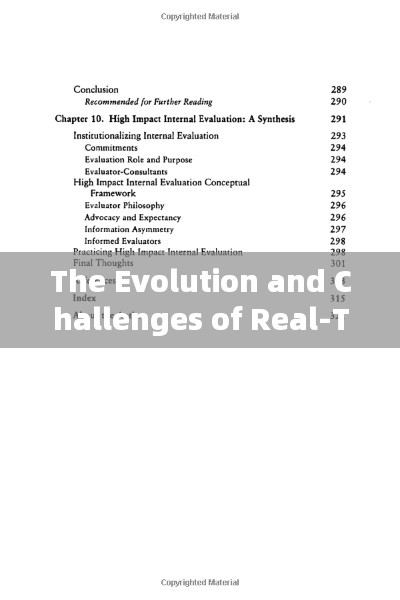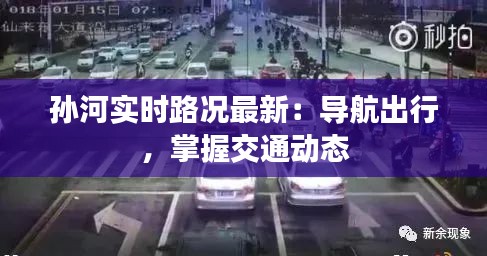The Evolution and Challenges of Real-Time English Translation Evaluation
The Evolution and Challenges of Real-Time English Translation Evaluation
In the fast-paced world of global communication, the demand for accurate and efficient translation services has never been greater. Real-time English translation evaluation plays a crucial role in ensuring the quality of these services. This article delves into the evolution of real-time translation evaluation, the challenges it faces, and the technological advancements that are shaping its future.
Evolution of Real-Time English Translation Evaluation
Real-time translation evaluation has come a long way since the early days of machine translation. The first attempts at automatic translation can be traced back to the 1950s and 1960s, with the development of the first machine translation systems. However, these systems were far from accurate and were often used more as a tool for human translators to assist in their work rather than as standalone translation services.
As technology progressed, so did the methods of evaluating translation quality. The introduction of the BLEU (Bilingual Evaluation Understudy) metric in the 1990s marked a significant shift in the field. BLEU, which measures the similarity between the translated text and the reference text, became the de facto standard for evaluating machine translation quality. This metric, along with other statistical methods, paved the way for more objective and quantifiable evaluation of translation quality.
With the advent of neural machine translation (NMT) in the mid-2010s, the landscape of real-time translation evaluation changed once again. NMT systems, which use deep learning algorithms to generate translations, have significantly improved the accuracy and fluency of machine translations. This has led to a new set of challenges and opportunities in the evaluation of real-time English translations.
Challenges in Real-Time Translation Evaluation
Despite the advancements in machine translation technology, real-time English translation evaluation still faces several challenges. Here are some of the key issues:
1. Language Complexity
English, with its rich vocabulary and complex grammar, presents a unique challenge for translation systems. Words and phrases that have multiple meanings or contexts can be particularly difficult to translate accurately. Evaluating the quality of translations in such cases requires a nuanced understanding of the language, which is not always easy to quantify.
2. Contextual Understanding
Translation is not just about converting words from one language to another; it's also about conveying the intended meaning and tone. Real-time translation systems often struggle with understanding the context in which a sentence is used, leading to translations that are either too literal or too colloquial.
3. Cultural Nuances
Language is deeply intertwined with culture, and certain phrases or idioms may not translate directly from one language to another. Evaluating the cultural appropriateness of translations is a complex task that requires a deep understanding of both languages and their respective cultures.
4. Human Evaluation vs. Automated Metrics
While automated metrics like BLEU have been widely used, they are not without their limitations. Human evaluators are still considered the gold standard for assessing translation quality, but the time and cost associated with human evaluation can be prohibitive.
Technological Advancements and Future Prospects
Despite the challenges, technological advancements are continuously shaping the future of real-time English translation evaluation. Here are some of the key trends:
1. Enhanced Contextual Understanding
Research is ongoing to improve the contextual understanding of translation systems. Techniques such as transfer learning and contextual embeddings are being explored to help machines better grasp the nuances of language and context.
2. Multimodal Evaluation
Combining different types of data, such as audio and video, can provide a more comprehensive evaluation of translation quality. This multimodal approach can help address some of the limitations of current evaluation methods.
3. Human-in-the-Loop Systems
Human-in-the-loop systems, where human evaluators provide feedback to improve translation systems, are gaining traction. These systems aim to leverage the strengths of both human and machine intelligence to achieve higher translation quality.
In conclusion, real-time English translation evaluation has evolved significantly over the years, but it still faces numerous challenges. As technology continues to advance, the future of real-time translation evaluation looks promising, with new methods and tools emerging to address the complexities of language and improve the quality of translations.
The Evolution of Real-Time Translation at English Conferences
The Evolution of Real-Time Voice Conference Translation
Who Are the Hottest Heroes in the English Language?
The Evolution of English Pop Charts: A Deep Dive into the Most Popular Playlists
The Future of Communication: Real-Time Voice Conference Translation
The Evolution of Popular English Phrases in Everyday Life
The Impact of Social Media on Mental Health: A Comprehensive Debate
The Rise of Popular Wallpapers: A Visual Trend Across Cultures












 浙ICP备2021033100号-1
浙ICP备2021033100号-1